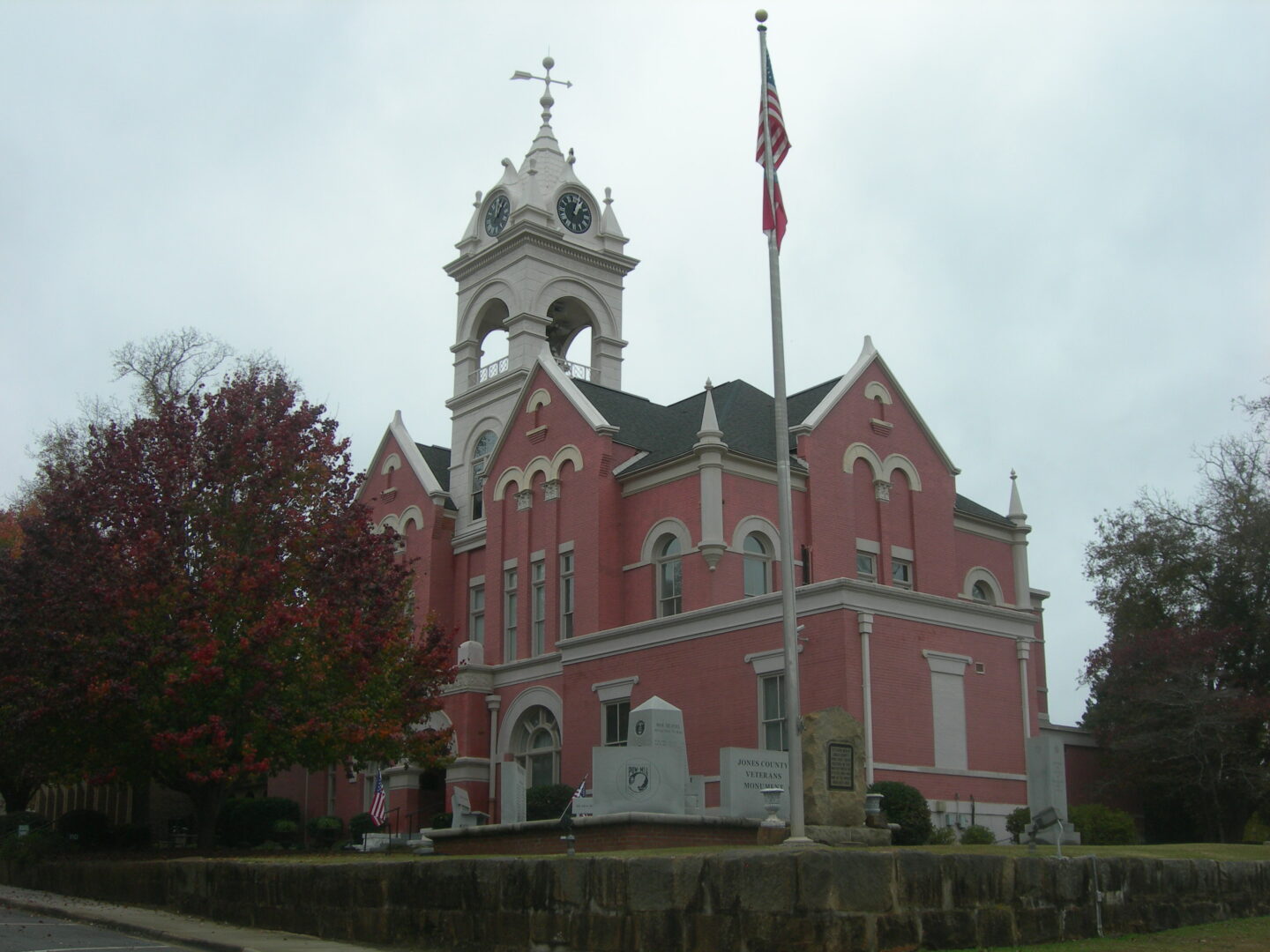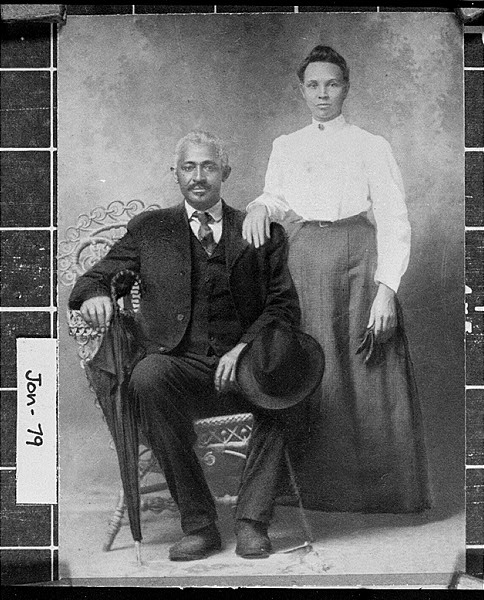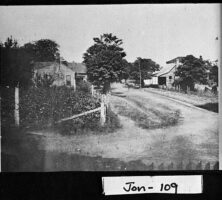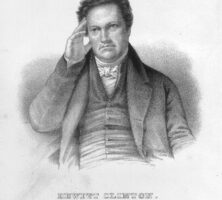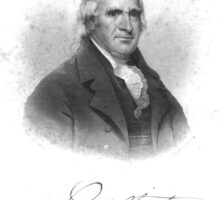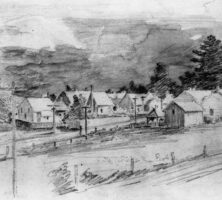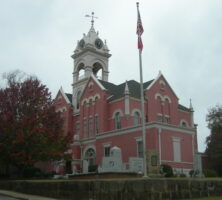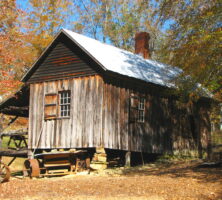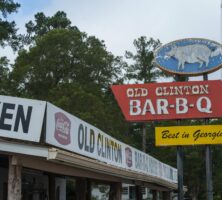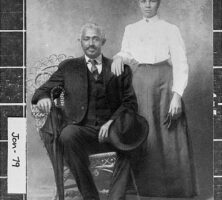Located near the geographic center of Georgia, Jones County possesses a rich historical and architectural heritage. Created in 1807, the state’s thirty-second county ranks as the sixty-first in area (almost 400 square miles). Jones County’s fertile soil made it prime cotton land in the nineteenth century, as well as a center for peach and pepper production for much of the twentieth century.
The county’s position astride the fall line has determined much of its history. Several important Indian trails and trading paths crossed the area, following the flat shoals of the fall line and lower Piedmont. One of these trails, the Lower Creek Trading Path, formed the basis for the Garrison Road, which was completed across the southern part of Jones just before the county was organized. This military thoroughfare would become a segment of the Federal Road linking Washington, D.C., with New Orleans, Louisiana.
In 1807, the year after the county’s area was acquired from the Creek Indians, the territory was distributed by land lottery in lots of 202.5 acres, and the county was created by the state legislature. Its name honors James Jones (1769-1801), principal protege of Georgia governor James Jackson (1798-1801) and noted adversary of the perpetrators of the Yazoo land fraud. The name of the first county seat, Clinton (1808-1905), has been variously linked to two prominent political leaders of the early 1800s: DeWitt Clinton, mayor of New York City from 1803 to 1815, and his uncle George Clinton, vice president in the administrations of U.S. presidents Thomas Jefferson, from 1805 to 1809, and James Madison, from 1805 to 1812.
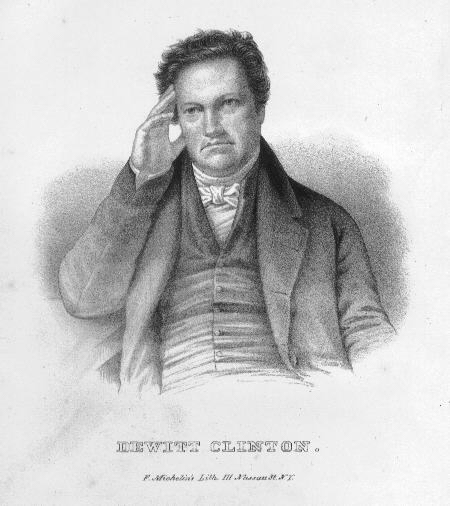
After the War of 1812 (1812-15) came a great influx of westward-bound settlers. By 1820 they had made Jones the most densely populated of Georgia’s counties, with 43.5 people per square mile (9,821 whites; 6,886 enslaved people). In comparison Chatham County, home to Savannah, at that time the state’s largest city, had only 35.1 people per square mile. Clinton’s 1820 population of almost 850 people made it Georgia’s fourth largest town.
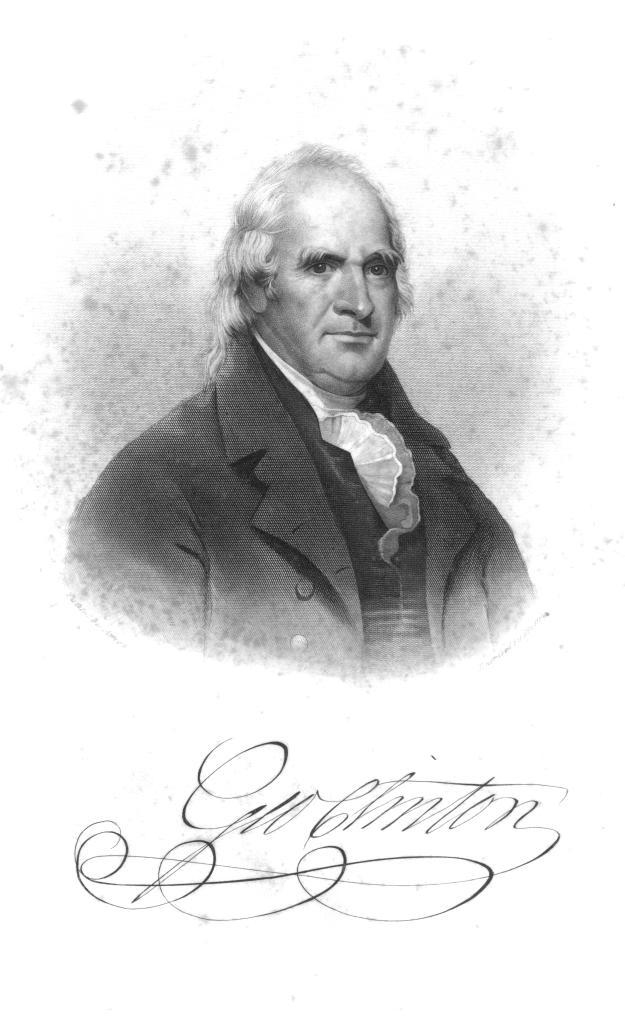
Between 1810 and 1830 Clinton’s most impressive residences were built, many of which survive. The town, proud of its stature, was among those visited by the Marquis de Lafayette during his 1825 tour of Georgia. But Jones County’s heyday was over. With the opening of Indian lands west of the Ocmulgee River, the flood of settlers rushed on, and Macon, in Bibb County, became the population center of central Georgia. Jones County’s white population declined to 6,471 by 1830 and was only 3,084 in 1860.
Nonetheless, important gains had been made in the antebellum period, both educationally and industrially. The Clinton Female Seminary, founded in the early 1830s by Thomas Bog Slade, later provided the nucleus for what would become Macon’s Wesleyan College. Samuel Griswold prospered as a cotton gin manufacturer and in 1849 created the industrial hamlet Griswoldville on the Central of Georgia Railway in southern Jones County.
As the nation began to break apart in the winter of 1860-61, Jones County elected to the Milledgeville Convention two immediate secessionists, who voted for Georgia to secede from the Union. One of them, James Madison Gray, also outfitted an entire company, the “Gray Infantry,” Company F, Forty-fifth Georgia Volunteer Infantry. During the Civil War (1861-65), Samuel Griswold’s pistol works supplied the Confederacy with more sidearms than any other private firm. Additionally, two significant engagements were fought in the county. The Battle of Sunshine Church, one of the few Confederate victories of the Atlanta campaign, was fought in the summer of 1864. In November of that same year, the only major engagement of the Savannah Campaign was fought at Griswoldville, as Jones County was devastated by Major General William T. Sherman’s march to the sea.
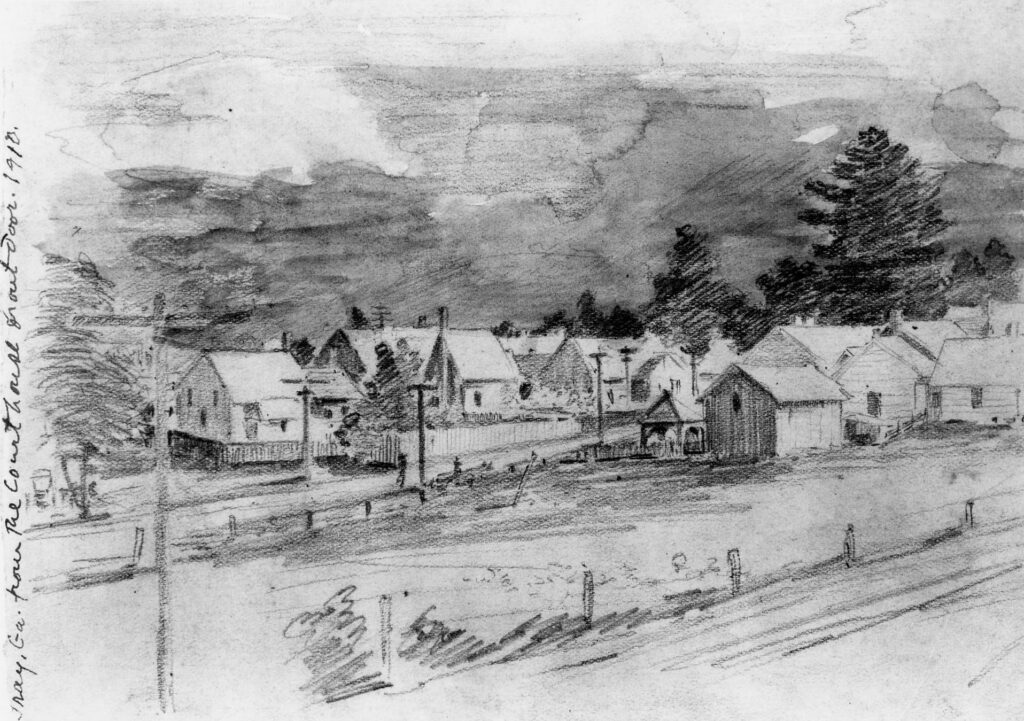
The aftermath of war brought political turmoil, continued population decline, and plummeting land prices. The concentration of population shifted to fall along two new rail lines, and several villages grew up along these lines. Gray (named for the secessionist planter-politician) became the largest of these villages, and in 1905 it became the county seat.
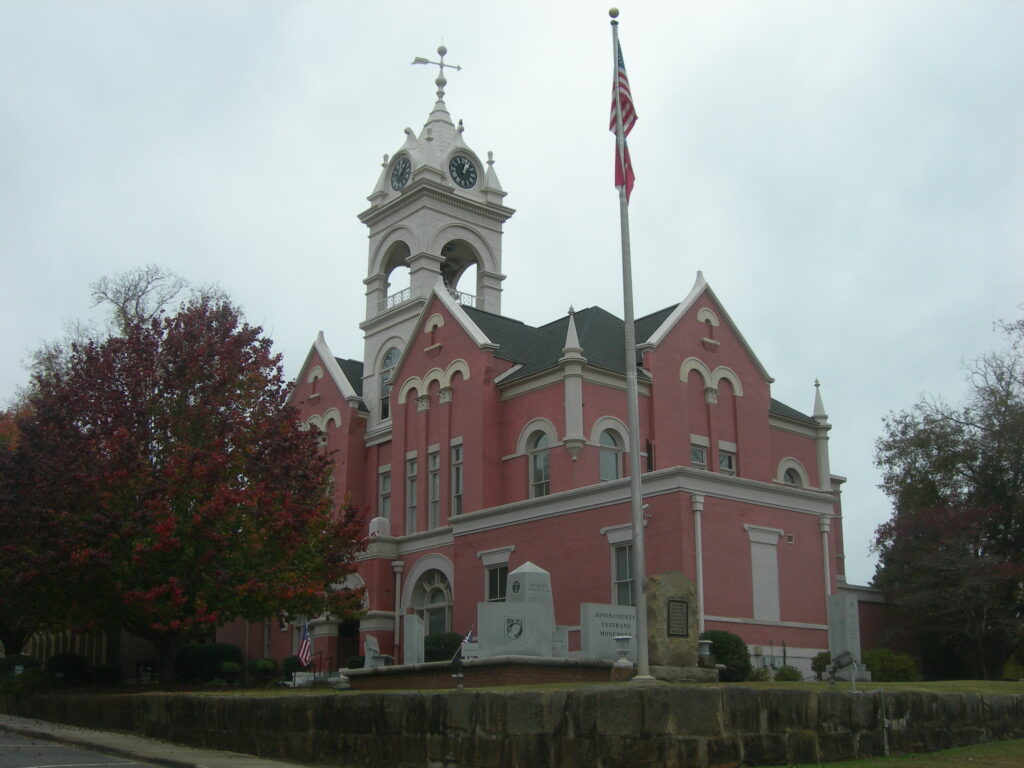
By 1920 the vast majority of the county’s acreage remained in farms. Farmland averaged a little over 110 acres, though half was concentrated in the hands of about fifty families, some having parcels of more than 12,000 acres. In 1917 the county shipped almost 11,000 bales of cotton, along with a quarter million crates of peaches. But the county’s cotton lands, particularly in the area’s northwest corner, had become depleted. By the 1930s more than 30,000 acres (including land in adjoining Jasper County) were being converted into the Piedmont National Wildlife Refuge.
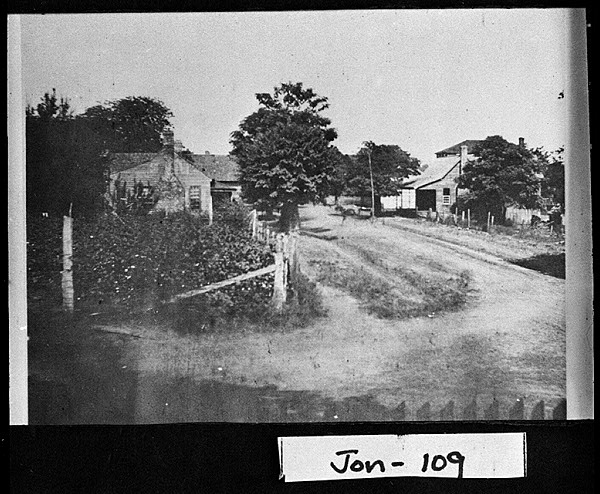
In the late 1950s the county’s appreciation of its past increased with a Sesquicentennial Celebration and the publication of a county history. Over the next several decades historical interest increased with the opening of the Jarrell Plantation State Historic Site, which also supervises the Griswoldville Battlefield site. In the 1970s the Old Clinton Historical Society was founded, and soon thereafter Clinton was placed on the National Register of Historic Places.
Well-known residents of the county include Harrison Berry, a literate enslaved person who published tracts about slavery and race; nineteenth-century state legislator James Blount; Confederate general Alfred Iverson Jr.; governor William J. Northen; baseball manager George Stallings; and twentieth-century state legislator Denmark Groover.
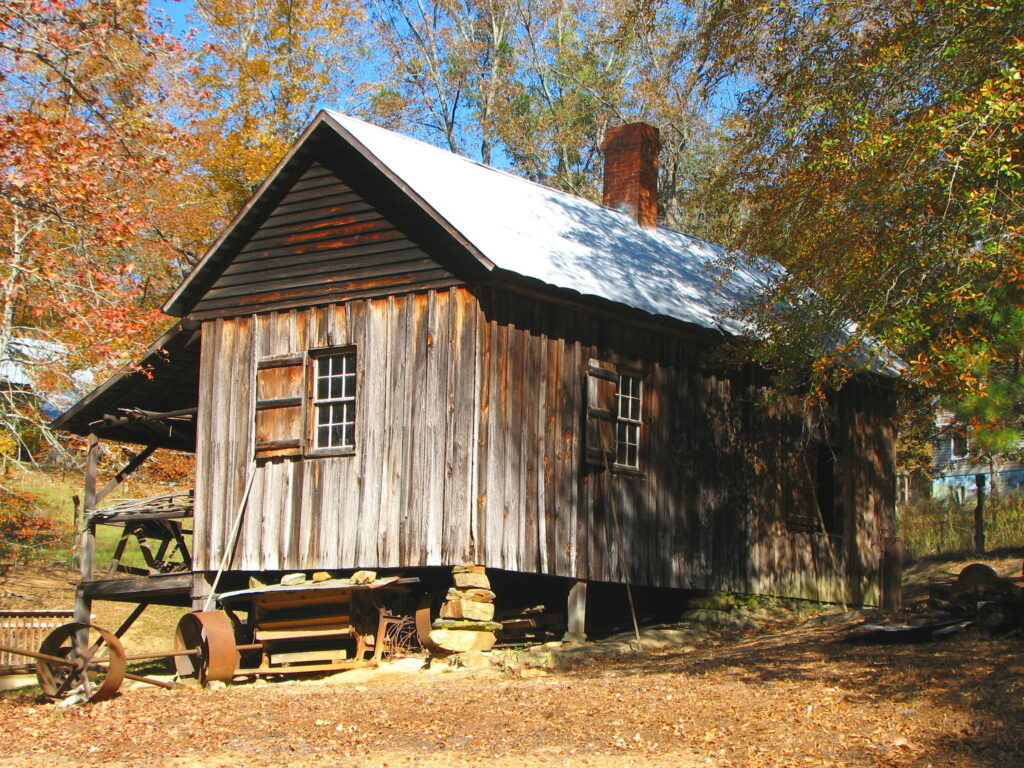
Central Georgia Technical College operates a learning center in Gray.
The 1980 U.S. census showed that Jones County had finally returned to its 1820 population size. But the county has been transformed. Neither agriculture nor industry, which is principally represented by two gravel quarries, looms large, and the county itself has become a bedroom community for people working in nearby Macon or Milledgeville.
According to the 2020 U.S. census, the population of Jones County is 28,347.






